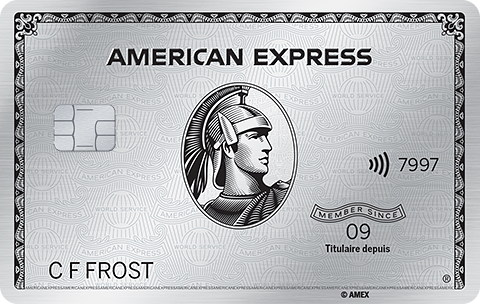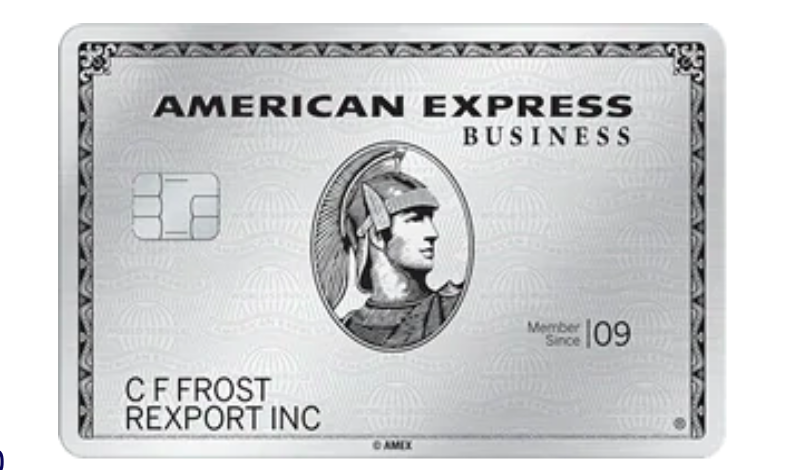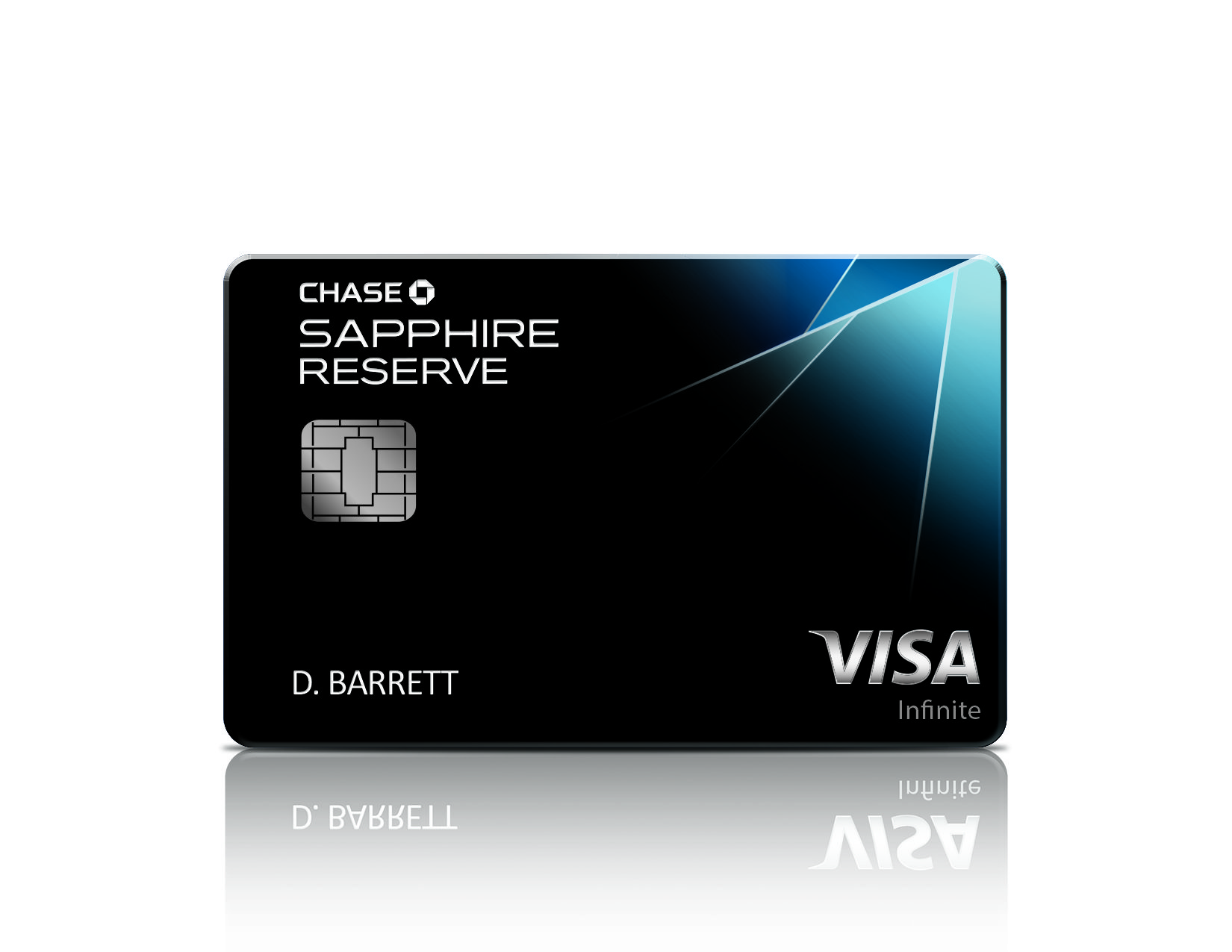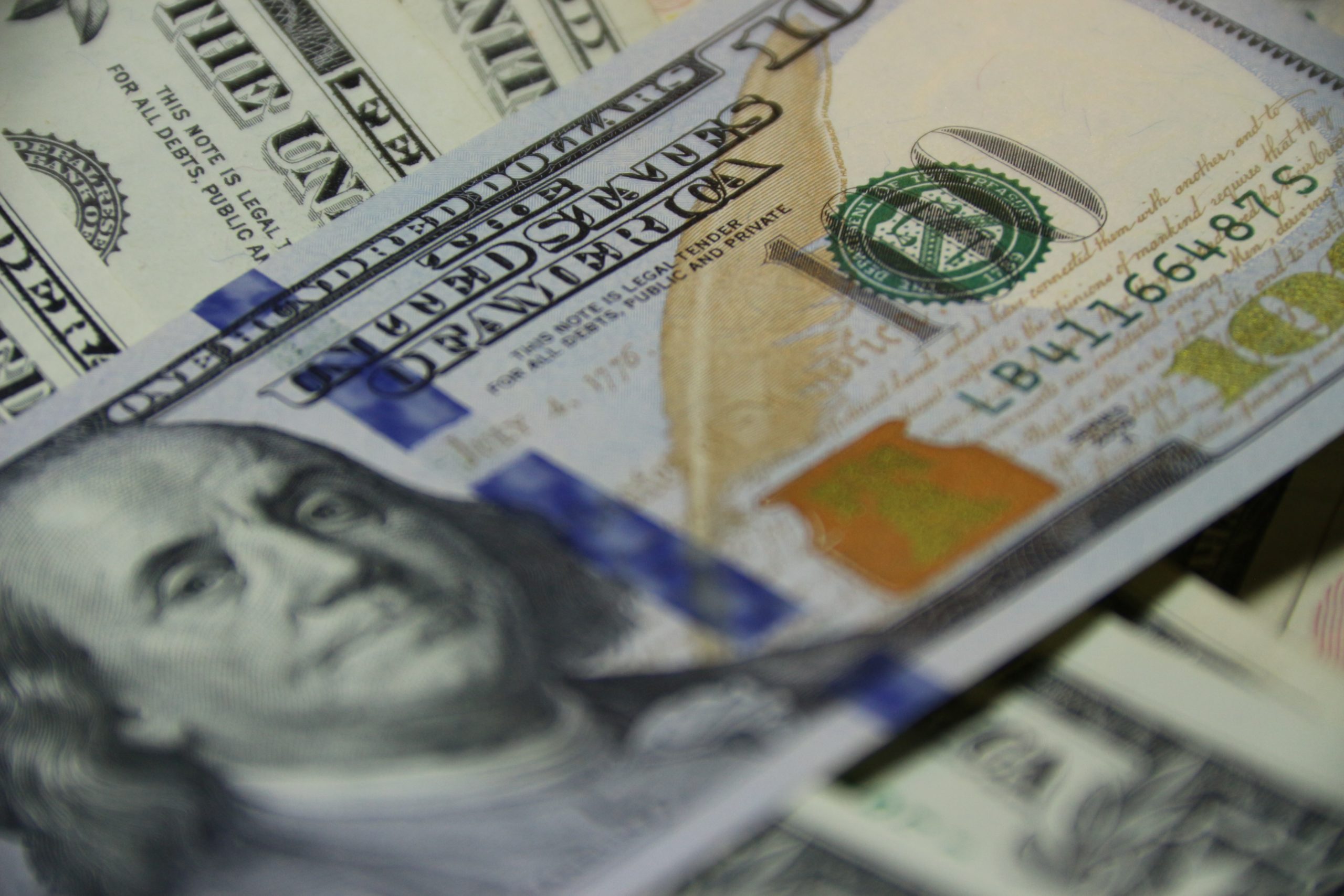The Chase Sapphire Reserve is one of the most valuable transferrable point-earning cards on the market. However, Chase’s top card is far from perfect and is not for everybody. This post presents six reasons why you should not get the Chase Sapphire Reserve.
However, the Chase Sapphire Reserve is popular because of its excellent earning opportunities and sign-up bonus. The Sapphire Reserve earns 3x Ultimate Rewards (UR) points per dollar on Dining and General Travel. Plus, it comes with a sign-up bonus worth 50,000 UR points that can be earned by spending $4,000 within the first three months.
You Are Over 5/24
The Chase 5/24 Rule is one of the most infamous and preventative Chase card application rules. It states that anyone who has been approved for five credit cards from any bank within the last 24 months will not be approved for a Chase card. Some people have gotten a lot of cards within the last two years and they cannot go for any Chase card, let alone the Sapphire Reserve.
High Minimum Credit Limit
Furthermore, the Chase Sapphire Reserve has a minimum credit limit of $10,000. That’s because it’s a Visa Infinite card. Conversely, Visa Signature cards come with minimum credit limits of $5,000. $5,000 is a huge difference for many people, especially those with limited credit and/or income. Thus, the Sapphire Reserve is a difficult card to get approved for just because of its Visa Infinite status.
High Annual Fee
The Chase Sapphire Reserve has a $550 annual fee, which was increased from $450 in January 2020. This fee is not waived for the first year.
Some people argue that the card’s “net annual fee” is $250 after taking the annual $300 General Travel Credit. However, $250 is still a lot of money for an annual fee, especially for those who do not travel very often.
Furthermore, adding an authorized user to the Sapphire Reserve costs an extra $75 per year per user. That is an easy way to increase your annual fee without knowing for many people. However, there are better options for those who want or need to add authorized users. You can add authorized users to the Chase Sapphire Preferred for no additional cost. Plus, the Sapphire Preferred has a much lower annual fee to begin with, despite being a weaker earner.
You Do Not Spend A Lot on Travel and/or Dining
The Sapphire Reserve’s two bonus categories are in Travel and Dining. And even though you will earn 3x UR points per dollar with this card, it takes a lot of spend every year to justify the annual fee. The Sapphire Reserve has the two credits to justify more than half of the card’s annual fee. But the remaining $190 must be justified via spend.
Break-Even Analysis for Pure Spending
The break-even analysis puts the Reserve head to head with the Chase Sapphire Preferred. It determines how much you need to spend on dining and travel per year to break even between both cards. If you spend less than the final number, the Sapphire Reserve is not the best card for you.
This break-even analysis has two assumptions:
1) You will use the entire $300 annual general travel credit for the Sapphire Reserve
2) UR points are worth 1.7 cents per point (CPP). If you feel that 1.7 CPP is not the right valuation, you can recalculate the last line with your own valuation. All you have to do is replace the $0.017 with your valuation and solve.
The math is as follows:
CSP = CSR
2x – 95 = 3x – 550 + 300
2x – 95 = 3x – 250
-95 = x – 250
155 = x
155 / $0.017 = $9,117.65
$9,117.65 is a lot of money for many people to spend on travel and dining, especially those who are just starting out. Therefore, the Chase Sapphire Preferred and the American Express Green Card have similar earning structures but much lower annual fees. And they are two great alternatives to the Sapphire Reserve for lighter spenders.
You Own a Business or Have a Side Gig
Moreover, the Chase Sapphire Reserve is not the best Chase UR-earning card for you if you own a business or have a side gig. That honor goes to the Chase Ink Business Preferred, one of Chase’s top business credit cards.
The Ink Business Preferred has a $95 annual fee and earns 3x UR points in six different categories. One of those categories is general travel. The other five are common business expenses including shipping, phone services, and internet services.
Plus, the Ink Business Preferred has a better sign-up bonus than the Sapphire Reserve. You can earn 80,000 UR points by spending $5,000 within the first three months with the Ink Business Preferred. That is 30,000 more points than the Sapphire Reserve offers for an additional $1,000.
You Want to Earn Cash Back
Furthermore, some travelers prefer to earn cash back instead of transferrable points. These travelers should use a no annual fee card and use the $550 that would have went towards the annual fee for travel. For some, this goes without say. But there are some people who would be better off with a cash back card (or a plethora thereof) than a premium general travel card.
Consider your budget, travel goals and plans, and whether Chase’s transfer partners are good options for your needs.
Final Draw
The Chase Sapphire Reserve is a great card. But it’s not for everyone. And the six reasons presented above are why you should not get the Sapphire Reserve. Many people love the Sapphire Reserve because of its earning structure, sign-up bonus, and perks. But there are better options in all of those sub-categories for certain travelers.












The reserve card has a redemption value of 1.5 cpp as opposed to the other cards mentioned at 1.25 cpp.
We have both the CSR and the Ink Business Preferred. I rarely see noted anywhere that Chase by contract purports to restrict the use of Ink-generated UR points to business purposes only, supposedly ruling-out using them for that vacation. Not a problem for us, but could be a significant loss of value for others.
Great financial analysis. The one compelling perk that is difficult or even impossible to quantify is the travel insurance included. How would you value that insurance? Are there reasonably priced insurance policies that would provide a frame of reference and comparison? Perhaps this suggests a new research project for you and a new blog ?
Hi John,
Thanks for reading PYCR! That’s a great question. The value of Chase’s travel insurance is very subjective. It all depends on how much you use it. For example, the Trip Delay Benefit can be worth up to $500 per trip. Or the Trip Cancellation can be worth up to the cost of your trip if you couldn’t have otherwise cancelled your tickets through the provider.
This is a great idea for a future post! Thank you again!
Best Regards,
Anthony
We also used our Priority Pass for restaurants at airport to save on snacks and lunches. That’s $28 x 3 people each time. These values add up quick so the CSR is worth every penny of the annual fee in addition to all the other benefits for our family.
Hi Koob,
Thanks for reading PYCR! This is a great reason why you SHOULD keep the CSR. It’s one of the only premium cards that offers Priority Pass plus restaurant access. I wish the Amex Platinum Card (and Amex premium co-branded cards) still offered such access.
Best Regards,
Anthony
I think you may be conflating/confusing the Lyft and DoorDash benefits Chase has added. You get a $60 annual credit to DoorDash but you refer to a “$60 annual Lyft credit” — I wish there was such a benefit but I don’t think there is. Please correct me if I’m wrong.
Hi Jim,
Thanks for reading PYCR and pointing out that error! I have gone back and edited as needed.
Best Regards,
Anthony
Anthony, you need to start paying attention to cruisers. And trip insurance. Do the math.
Hi Colleen,
Thanks for reading PYCR! The CSR’s travel insurances and access to the Chase Travel Portal (for cruises too) are great reasons why you SHOULD keep the CSR. But that’s not what this post is about. This post was meant to be a contrarian point of view towards one of the most popular travel cards in the industry. I currently have the CSR and it’s great for those two reasons alone.
Best Regards,
Anthony
$4750….That’s a big number for our household to hit to break even in the travel and dining sector. Thanks for the breakdown as I have the Reserve and was looking for a comparison. I have had the card since 2016 but will transfer my points to my Freedom card then cancel. Will open up the Preferred card soon after and transfer them back plus get the 60k sign up bonus. $95 annual fee a better decision for me….
Hi Steve,
Thanks for reading PYCR! $4,750 is assuming a 2 CPP value for UR Points. That number goes up significantly if you value UR points at less than 2 CPP. However, I suggest downgrading to the CSP instead of cancelling outright if you received a bonus for the CSR within the last 48 months. That’s because of the One Sapphire Rule.
Best Regards,
Anthony